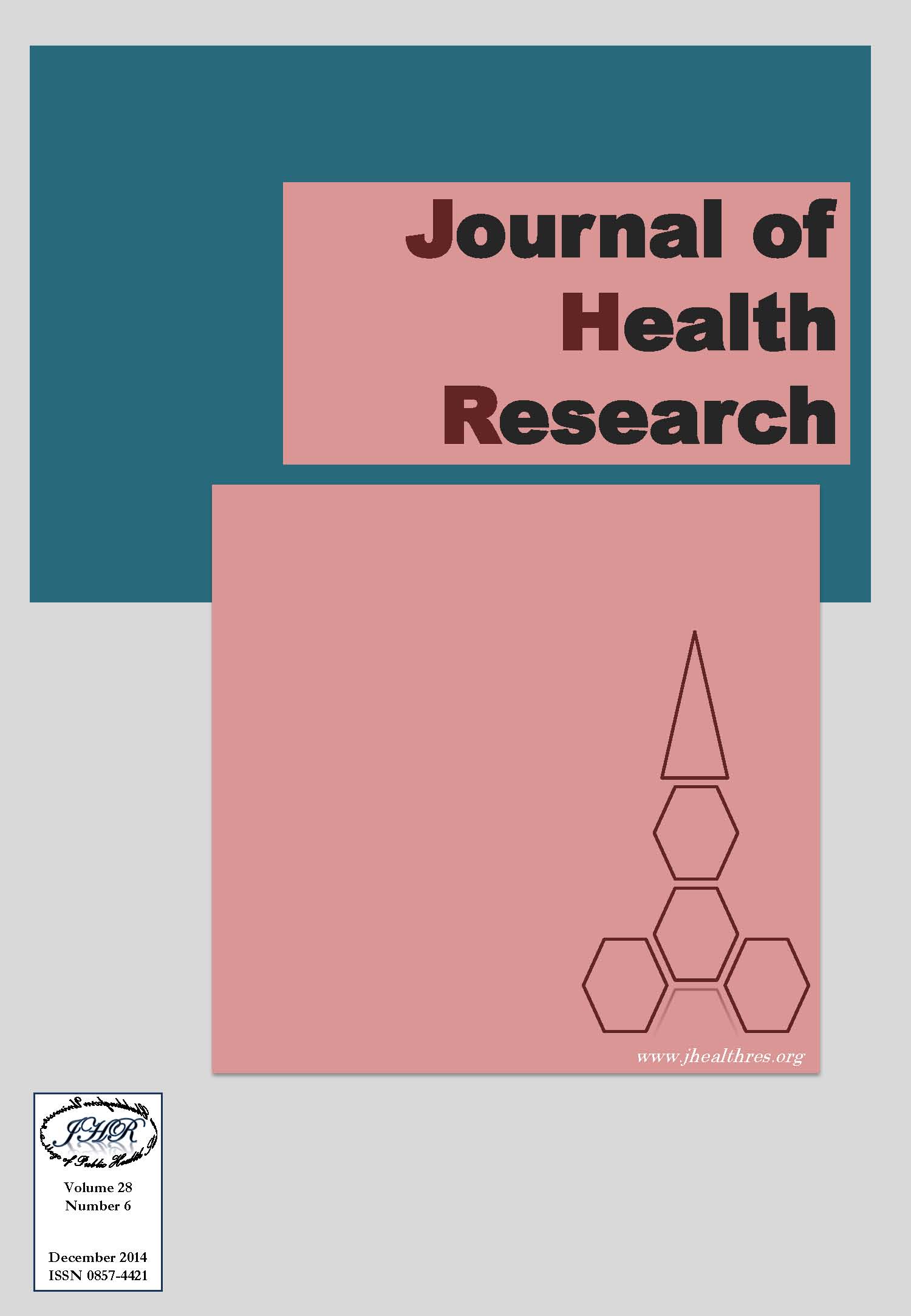Child Mortality Differentials of Selected Ethnic Groups in Myanmar, 1997-2007
Keywords:
Neonatal, Child mortality, Under five mortality rates, Ethnic groups, MyanmarAbstract
Child mortality is a key indicator not only of child health but also of the implementation of child survival interventions in Myanmar. This study is a descriptive analysis of mortality differentials in selected ethnic groups in Myanmar and background determinants to influence the child mortality. Mortality rates are calculated for a ten-year period from year 1997 March to 2007 March by using the data from three rounds of Fertility and Reproductive Health Surveys (FRHS); 1997, 2001 and 2007 conducted by Department of Population of the Ministry of Immigration and Population, Myanmar. The differentials include for five key indicators: neonatal, post-neonatal, infancy, child mortality and under five mortality rates. Children in Rakhine ethnic group are more likely to die than other counterparts of Kachin, Kayah, Shan ethnic group; and all ethnic groups had less accessible to the socio-economic determinants to reduce the child mortality in compared with Union. In addition, there may be a wide range of variation for determinants to influence the child mortality of ethnic groups in Myanmar. The findings suggest that maternal education, regional development and access to mass media and electricity, health personal for antenatal care, immunization coverage for children and diarrhea infection are important determinants of mortality risk factors for children in ethnic groups. Moreover, better reproductive health services, access to better health facilities, living standards and socioeconomic developments are likely to contribute to lower mortality in those ethnic groups. It is clear that the more favorable the determinant factors, the better the outcome of the health of the children and the less likely to die for children. In this study, there was no advanced statistical test performed to assess the relationships between the determinants and mortality of the children in ethnic groups. Moreover, it is unclear that how the respective determinant affect the outcome of the health status of the children. In conclusion, the results from this study are generally in the expected direction and consistent with the results of national figures from other sources and many other studies. Regional development and socioeconomic development should be undertaken to uplift of the health status of the ethnic group. Comprehensive poverty alleviation program and literacy campaigns should be implemented to equitable develop across different ethnic groups. Further research with advanced mortality statistics with primary data set of three rounds of FRHS is required to accurately measure the levels of mortality differentials in ethnic groups in Myanmar.







